Description
ABSTRACT:
This research study by means of robust statistical analysis investigated the poverty situation in Nigeria and how it affects the citizens and the economy at large. This research was taken in a period of 25 years which is from 1985 2010. The ordinary least square method was used to investigate this work.
The empirical analysis carried out showed that the Nigerian economy has changed from a diversified economy to a mono economy because of the over dependence of the oil sector and this has resulted to the increase of poverty in Nigeria
Using the ordinary least square regression we see that there is a positive relationship between the per capital income and the GDP of the country, positive relationship between government expenditure on health and GDP but a negative relationship between government expenditure on education and unemployment and the GDP of the country.
The Nigerian government in curbing this problem of poverty has introduced many poverty alleviation policies and programmes but they have all been a failure because the implementation of these policies did not take into cognizance the masses that they are doing these policies for.
CHAPTER ONE
1.1 BACKGROUND OF THE STUDY
Poverty has many aspects of perception. Some people or most people take poverty as deprivation and deficiency. But poverty is a phenomenon which has historical, social, psychological, cultural and international dimension, these means that povertys definition depends on the angle the person looking at it looks at it.
As there are variations in the living standard of people round the world the same way the economic growth rates vary from one nation to another. Some countries are poor; some are fairly well off while others are rich. However as everything is relative so is poverty, what most people in the united states today see as stark poverty would be seen as luxury in some parts of Asia and Africa.
The key variables by which the poor can be singled out are: food, income, health, freedom, justice, equity etc. And all these variables mentioned above are the key challenges facing our beloved country Nigeria today. But the key challenge facing Nigeria and other developing countries is how the country can sustainably feed her population and Nigeria’s population is over 140 million people.
Although Nigeria has one of the worlds biggest economic growth rate averaging 7.4 over the last decade and also blessed with plenty of natural resources such as oil, but still it retains a high level of poverty with 63 living below 1 daily. When one talks about poverty in Nigeria it knows no bound as it is visible in all aspects and segments of the society. Poverty is not just limited in the rural areas it is also evident in the urban areas slums in the country.
As said earlier poverty is relative and also physical. It is physical because one can note its effects on the people that are affected by poverty and it is relative because what is regarded as poverty in some nations can be seen in other nations as luxury.
The poor are those that have limited and insufficient food, poor clothing, live in crowded and dirty shelter Galbraith 1995, cannot afford medical care and recreations, cannot meet family and community obligations and other necessities of life. When we come home there is no precise definition or explanation needed for an individual to know what poverty is, as many people cannot afford decent food ,medical care, recreation, decent shelter and clothing meet up with family obligations etc., no wonder poverty is regarded as a form of oppression UNDP conference Report,1517 March 2011.

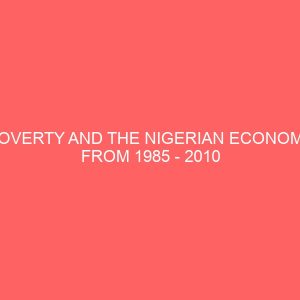

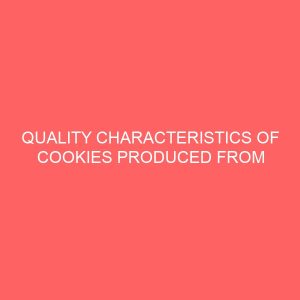
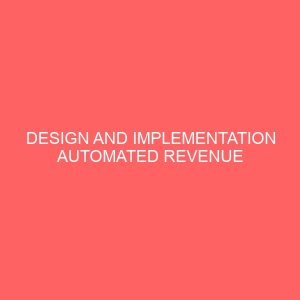
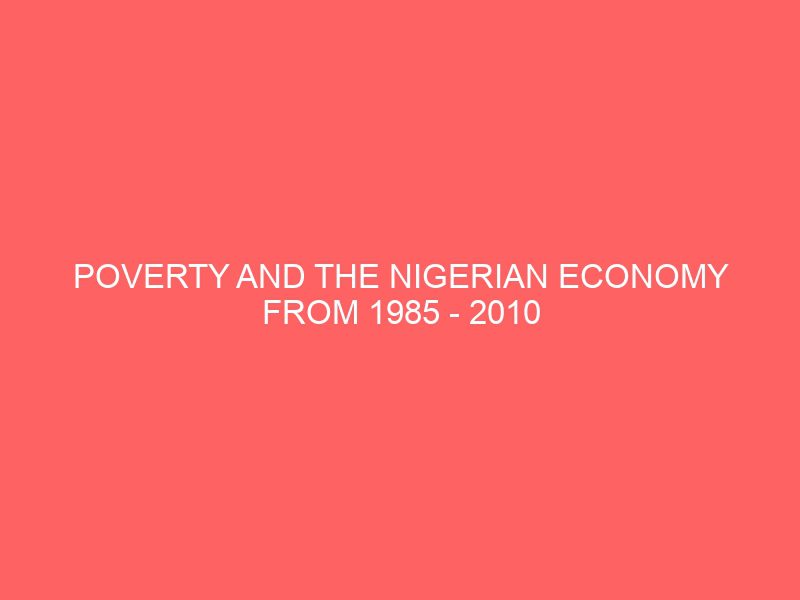
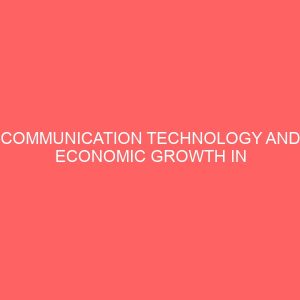
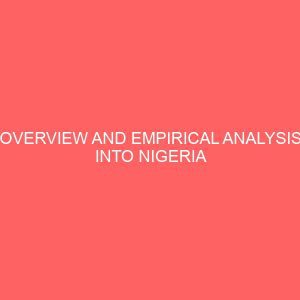
Reviews
There are no reviews yet.